On the Aldermanbury side of Guildhall, you will find The London Centre, the base for New London Architecture and home to its magnificent London models. These 3D scale models of the capital and its buildings are a great resource if people want to see the architecture of London or the historical development of the city—or simply want to trace routes across the metropolis. Their sheer size is jaw-dropping.
There are three models on display:
- The Royal Docks development
- The City of London Model
- The New London Model
Each model is an impressive example of the modelmaker’s craft.
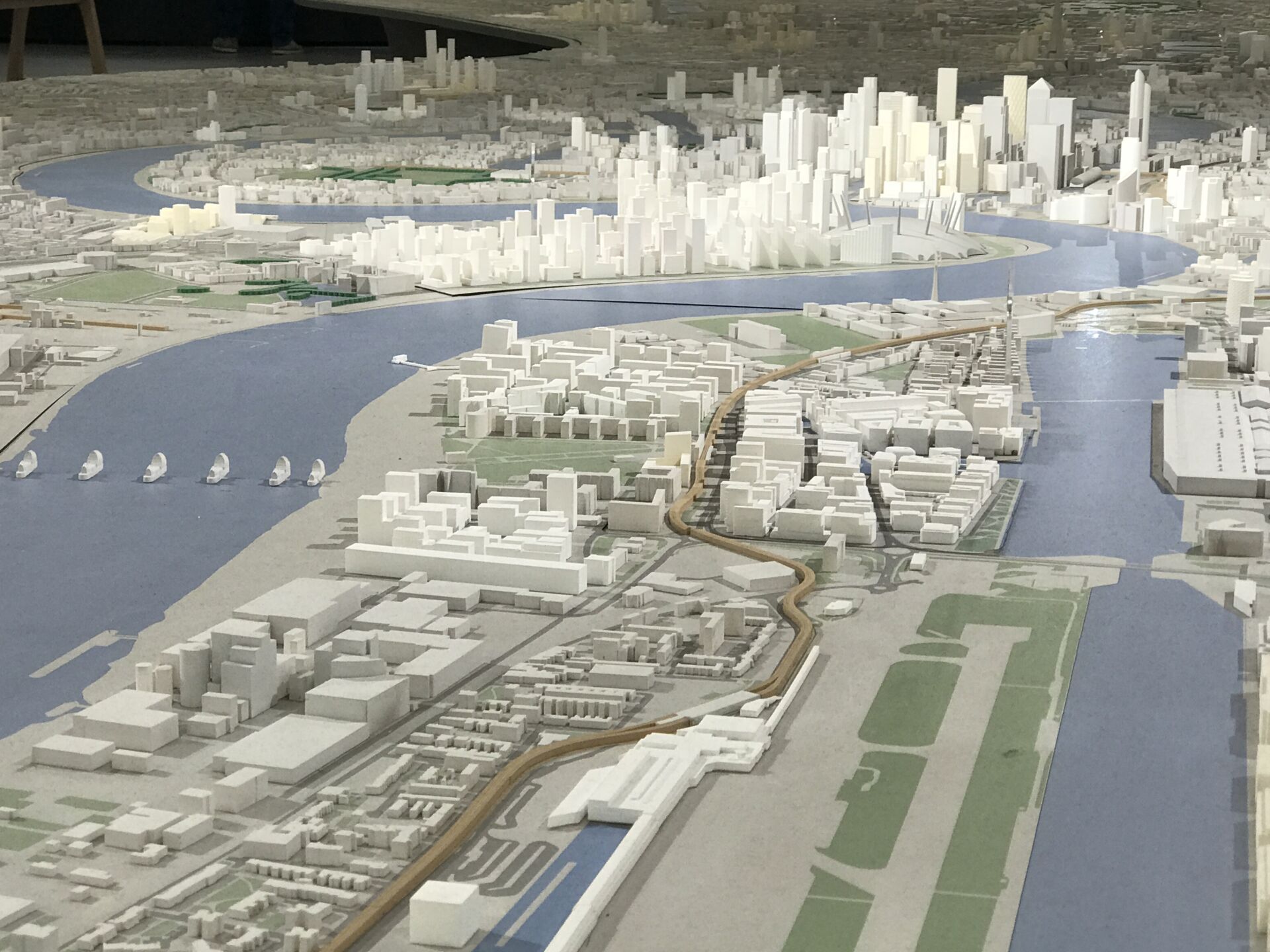 The City of London Model. Photo Credit: © Don Brown.
The City of London Model. Photo Credit: © Don Brown.
The New London Model
The New London Model is huge—12.5 metres long, it represents a 24km slice of the capital on a scale of 1:2000 (so 1 cm represents 20 metres or about 30 inches to the mile in old money). Some may remember it as it was formerly in the Building Centre in Store Street, but it moved, along with NLA, last year.
Stand by the display, and you have over 195 square kilometres of London in front of you, from Wembley to City Airport and from King’s Cross to Peckham. There are thirty-four kilometres of the river from Hammersmith Bridge to beyond the Thames Barrier. Although not topographical, the city is on a flat plane, without the hills and folds of the landscape beneath the buildings – the parks, nature reserves, reservoirs, waterways and other ‘natural’ spaces can easily be seen among the road, railway lines and the general built environment.
Looking down, one is made aware of the millions of terraced properties of the inner suburban streets and, as well as the skyward-reaching buildings of the City and Docklands, the new development clusters and their high-rises. Elephant, Wembley, King’s Cross, and North Greenwich all have their new towers and – closer to (my) home – the godawful mess around Vauxhall, surely one of London’s ugliest collections of residential skyscrapers. Around the room, there are display boards that tell visitors about major developments in each borough.
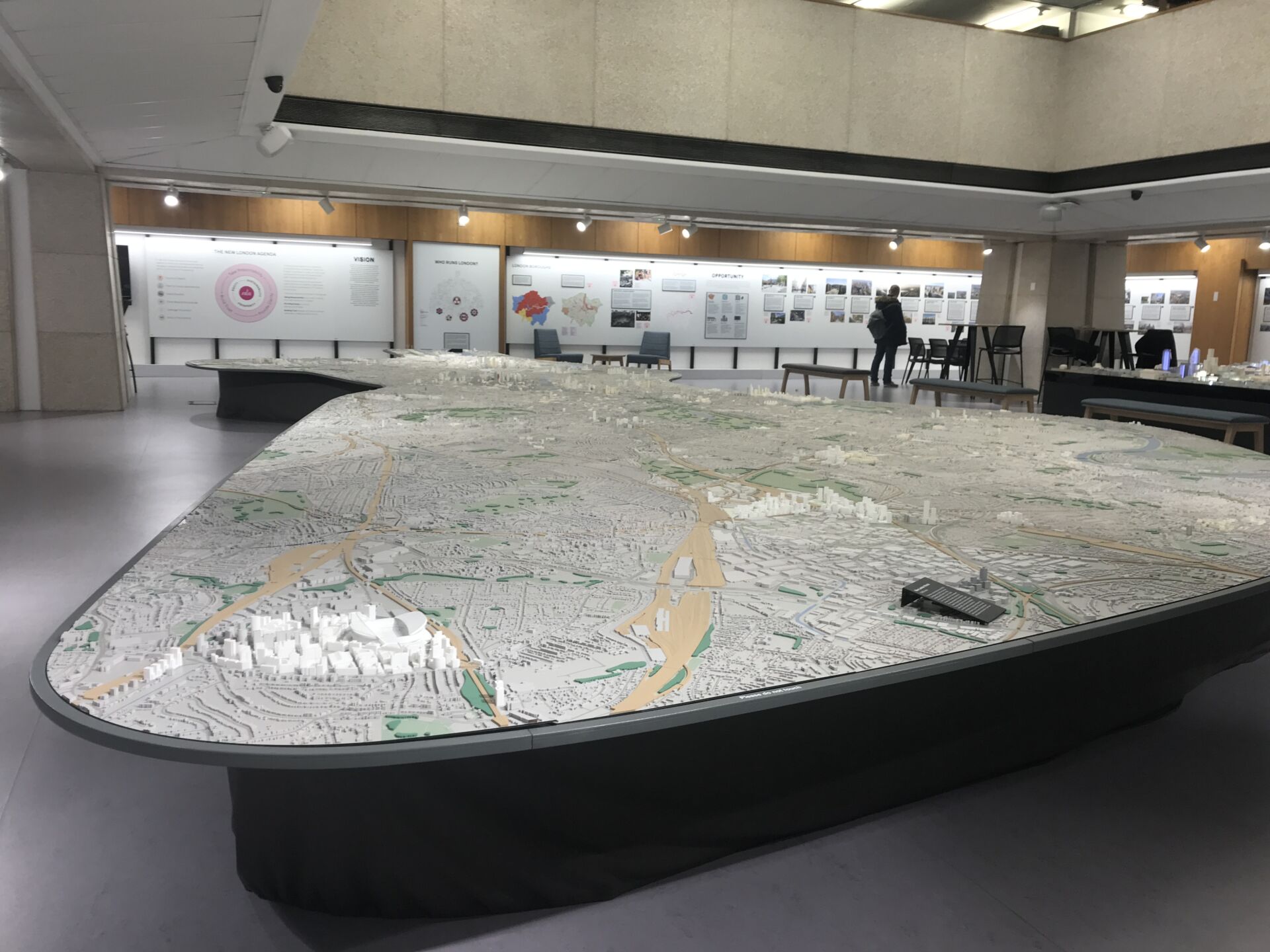 The City of London Model. Photo Credit: © Don Brown.
The City of London Model. Photo Credit: © Don Brown.
The City of London Model
The City of London model is even more detailed. Whereas on the New London Model the new mega tower of 22 Bishopsgate (278 metres) is reduced to about 14 cm. On the 1:500 scale City Model it is over half a metre tall.
This level of detail makes the City model a great talking point on how the City of London’s skyline has developed and to engage with new and planned developments, because as well as representations of historic buildings like St Paul’s Cathedral or the Tower and the twenty-first century new builds such as the Gherkin, Cheesegrater and Shard, the diorama shows the towers for which development permission has been granted, even though construction has yet to begin. So the seventy-three-storey Trellis Tower at 1 Undershaft can be seen above the City’s tallest tower at 22 Bishopsgate. The model not only represents the City’s present but reflects a future skyline.
Now thirty years old, the original model base has grown to include wooden blocks, cardboard cut-outs and 3D printed buildings. There are three building colours on the model which are representative of different periods of the City’s architecture. It includes exact scale replicas of the buildings in and around the Square Mile, with added detail on illuminated buildings constructed after 2000.
The London Centre is located at 3 Aldermanbury, EC2V 7HH. It is open Tuesday through Sunday, from 11 am to 5 pm. Admission is free, and toilets are available.
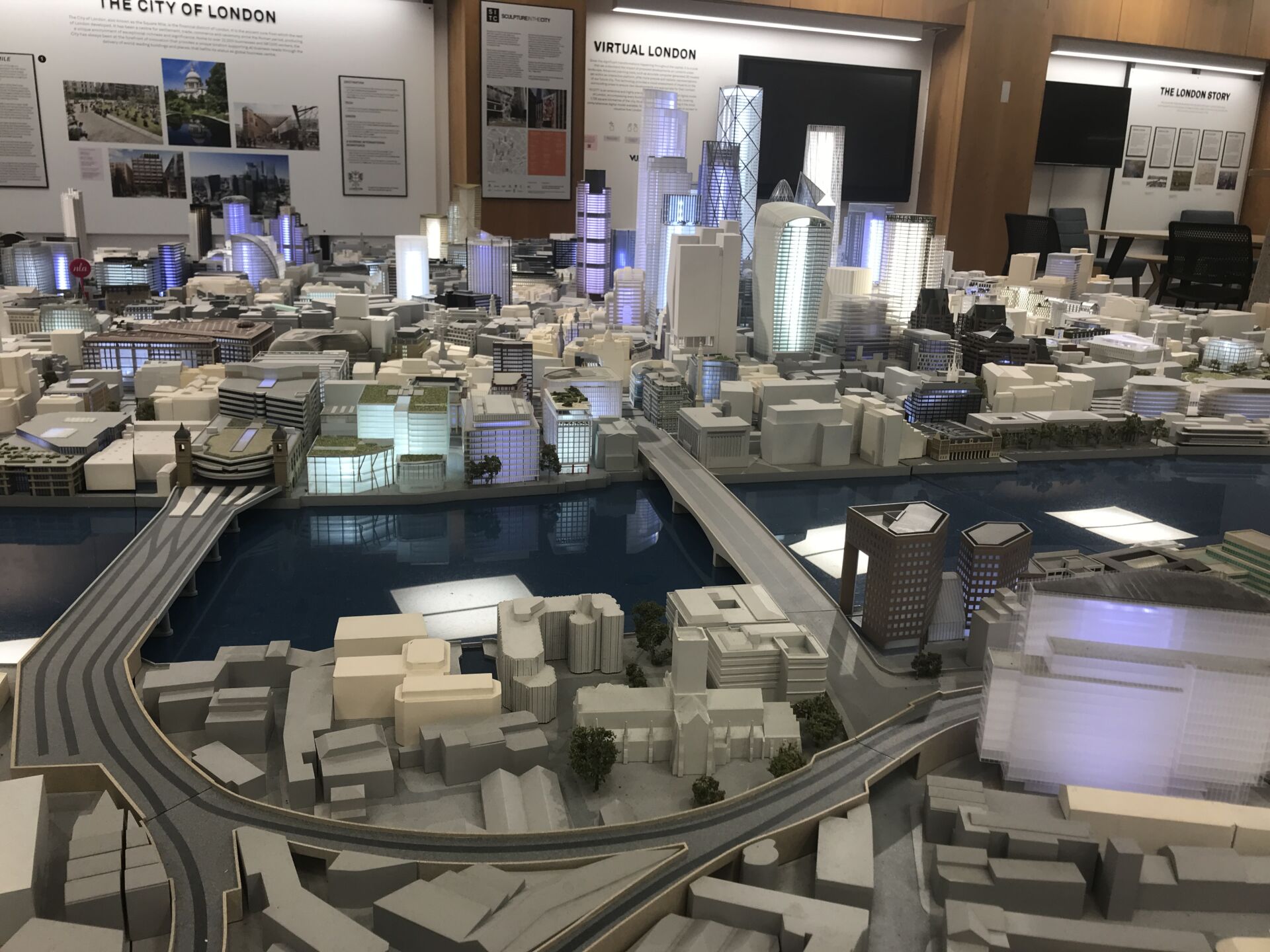 The City of London Model. Photo Credit: © Don Brown.
The City of London Model. Photo Credit: © Don Brown.
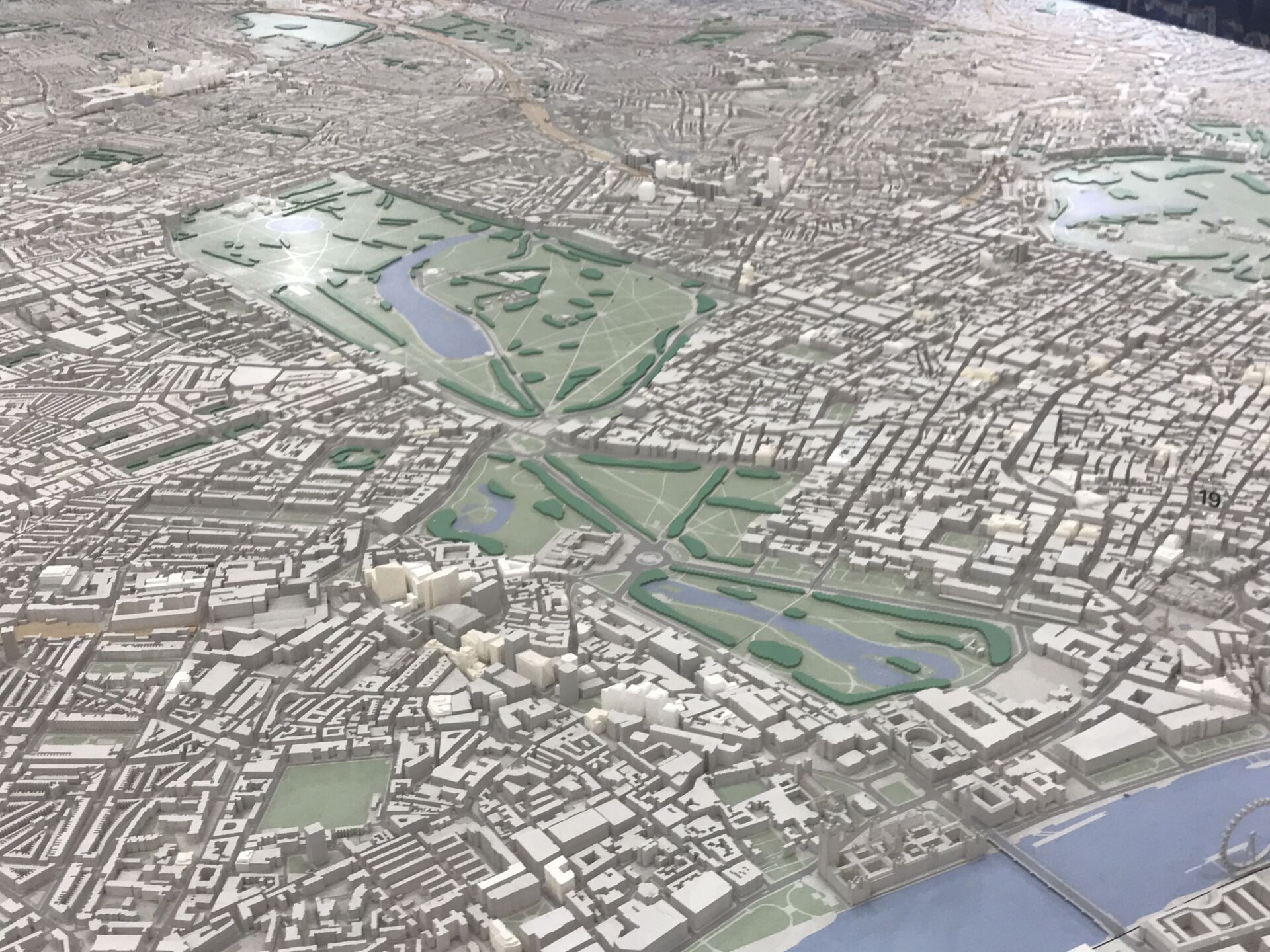 The City of London Model. Photo Credit: © Don Brown.
The City of London Model. Photo Credit: © Don Brown.



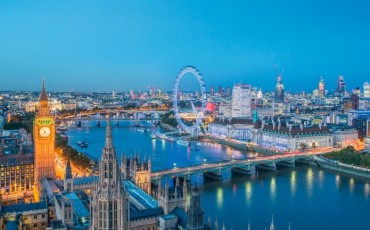
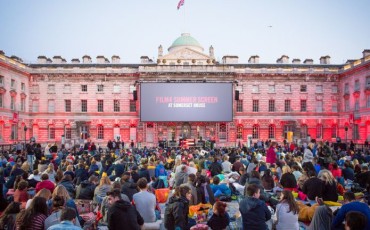


Leave a Reply